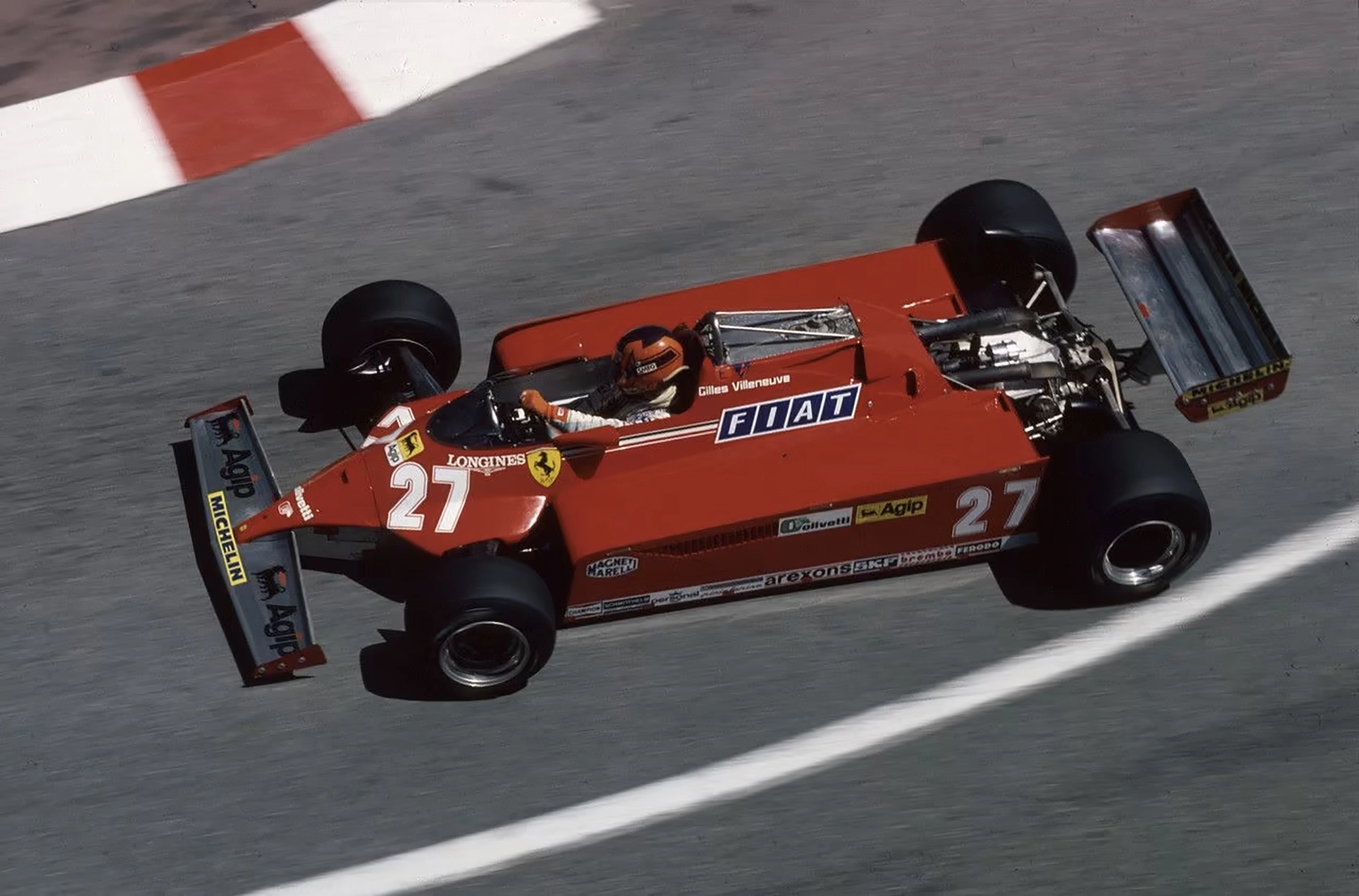Ferrari’s Technological Innovations Part 12: The Dawn of the Turbo
04 January 2025 6 min read 4 images

Photo credit: Ferrari
For Enzo Ferrari, the engine was always paramount, as he had proven starting with his first: the 1500 cc V12 in 1947. For those who might argue that Ferrari's real first engine was for the Auto Avio Costruzioni in 1940, we confirm this and highlight its brilliance. Thus, it’s no surprise that the 1966 Formula 1 regulation, allowing either a naturally aspirated 3000cc engine or a supercharged 1500cc one, intrigued him. However, the challenge came in July 1977 when Renault unveiled its 1500cc turbocharged single-seater at Silverstone. What seemed eccentric—high power but fragile—was an opportunity in Enzo Ferrari's eyes: to attempt it and win. Renault’s success suggested a promising path.
Register to unlock this article
Signing up is free and gives you access to hundreds of articles and additional benefits. See what’s included in your free membership. See what's included in your free membership.
Already have an account? Log In


